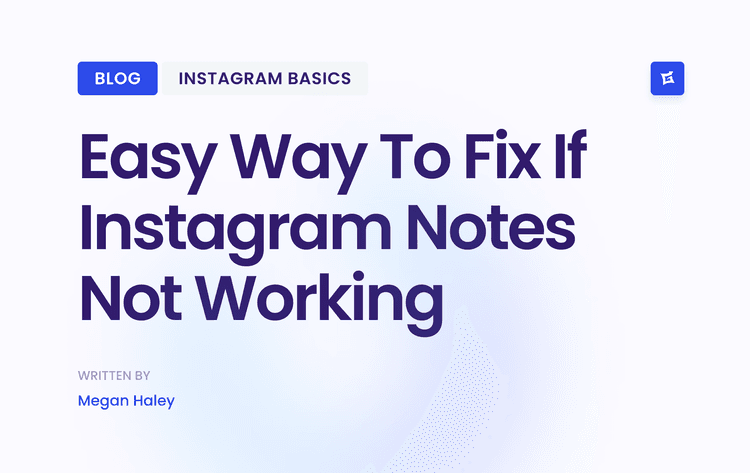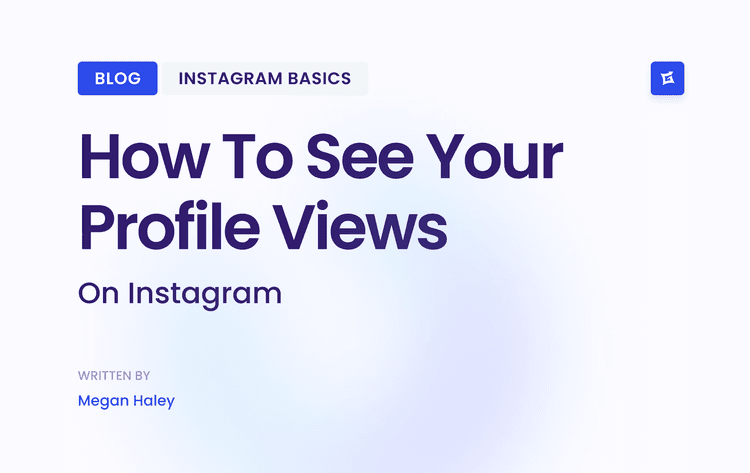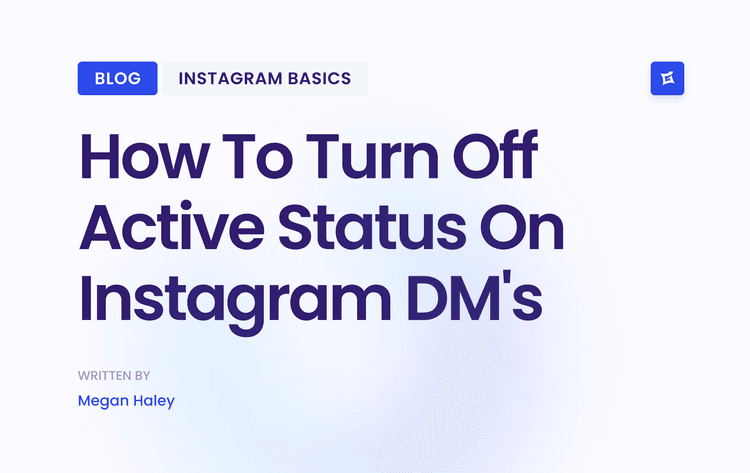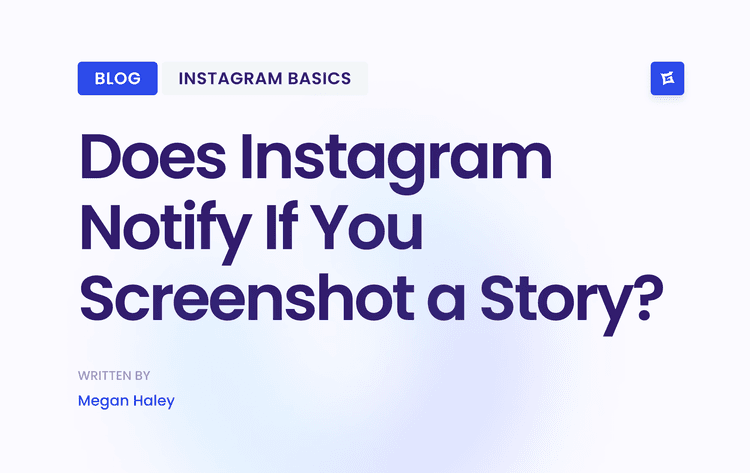Why You Must Track Instagram Growth

The first real step toward a winning Instagram strategy is moving past the follower count as just a vanity metric. When you track your growth consistently, you get direct feedback on your content, your bond with your audience, and the overall health of your brand. It’s less about the size of your following and more about the story the numbers are telling you.
Your analytics are a direct conversation with your audience. See a spike in unfollows after a certain post? That's crystal-clear feedback. Notice a surge in shares on a particular Reel? That tells you exactly what your community finds valuable and wants to see more of.
Beyond Follower Numbers
To get the full picture, you need to get your hands dirty with the data. Diving into detailed analytics can uncover subtle yet important shifts in who your followers are, allowing you to fine-tune your messaging and content. This is how you stay relevant on a platform as noisy as Instagram.
And it is massive. Instagram now has over 2 billion monthly active users. With an audience that huge, tracking your specific corner of it is essential to make sure your voice doesn't just get lost in the crowd. You can see just how big the platform is in this in-depth statistical report from Backlinko.
I always tell people to keep a close eye on a few key areas:
Audience Demographics: Are you reaching the age group and locations you're targeting?
Content Resonance: Which posts, Stories, or Reels are getting the most saves and shares? Those are your gold mines.
Peak Activity Times: When are your followers online and most likely to interact?
> By watching these things, you stop guessing what your audience wants and start creating content you know they'll love. It's the difference between throwing spaghetti at the wall and serving a meal you know is a favorite. This is how sustainable, organic growth happens.
A Real-World Scenario
I worked with a small e-commerce brand that sells handmade jewelry. For months, their feed was just one polished product shot after another on a plain white background. Their growth was flat, and engagement was practically nonexistent. We decided to track everything meticulously for one month.
The data was eye-opening. The handful of lifestyle posts they had—showing people wearing the jewelry in everyday situations—got way more saves and comments. Armed with that knowledge, they completely changed their approach. They swapped the sterile product photos for user-generated content and behind-the-scenes videos showing how the jewelry was made.
The results were incredible. In just two months, their engagement rate doubled, and their follower growth took off. Better yet, the clicks to their website from their Instagram profile jumped by 40%, which led to a direct increase in sales. This is a perfect example of how paying attention to your analytics can lead to a strategy that truly connects with people and drives real business results.
Using Instagram Insights for Growth Metrics

Before you start shelling out cash for third-party tools, let’s talk about the powerful, free analytics engine already built into your account: Instagram Insights. If you’re not using it, you’re flying blind. To get started, you’ll need to switch to a Business or Creator account. Once that’s done, you can jump into this data goldmine right from your profile page by tapping the "Professional dashboard" link.
Insights are what turn gut feelings into hard facts. It’s the difference between thinking a post did well and knowing it reached 10,000 unique accounts. Let's walk through the essential metrics you'll find and, more importantly, what they mean for your growth strategy.
Navigating Key Performance Indicators
The main Insights dashboard provides a bird's-eye view of your performance. The "Accounts Reached" section is usually the best place to start. Here, you'll find two core metrics:
Reach: The number of unique accounts that saw any of your content.
Impressions: The total number of times your content was viewed.
It's easy to get these two mixed up, but the difference is critical. If your impressions are way higher than your reach, it often means the same followers are seeing your posts over and over. That's great for nurturing your current audience, but it's not how you expand your footprint.
From the main dashboard, you can also see metrics that show you what people did after seeing your content. I always pay close attention to Profile Visits and Website Taps. A sudden jump in profile visits usually means a Reel or post struck a chord, making people curious enough to check out who you are. And website taps? That's your bottom line—a direct measure of how well you're converting Instagram attention into off-platform action.
> Key Takeaway: These numbers tell a story. A post might have incredible reach but generate zero website taps. This tells you it was great for awareness, but the call-to-action missed the mark. Digging into this helps you figure out what to tweak for next time.
Dissecting Your Audience Demographics
Ready to understand who you're talking to? Head over to the "Total Followers" tab inside Insights. This is where you get to know your community on a deeper level. Sure, it shows your overall follower count and trends, but the real magic is in the demographic breakdown. You can see the top cities and countries your followers live in, their age ranges, and their gender distribution.
This is your reality check. Are you reaching the people you think you're reaching? For instance, if you're a skincare brand targeting a specific age group, you can see exactly what percentage of your audience falls into that bracket. For context, women aged 18-24 make up 16.4% of Instagram's global users. If your analytics show a similar percentage, you know you’re aligned with the platform's general audience.
Another game-changing piece of data here is your audience's most active times. Insights shows you the specific days and hours your followers are scrolling the most. Posting just before these peak activity windows can give your content a huge initial engagement boost, which is a powerful signal to the Instagram algorithm.
For a more detailed walkthrough on turning these numbers into a solid strategy, our complete guide on using Instagram analytics for business growth is a great next step. This is how you stop guessing and start creating an intentional, data-driven posting schedule.
Choosing Your Third-Party Analytics Tools
Instagram's built-in Insights is a great starting point, but let's be honest—it has its limits. To really get a handle on your Instagram growth, you'll eventually need to look outside the app. This is where third-party analytics tools come in, picking up right where Insights leaves off by offering much deeper data, competitor analysis, and automated reports that can save you hours of manual work.
These external platforms aren't just about making your life easier. They unlock critical metrics you simply can't find on Instagram. I'm talking about things like follower growth velocity (how fast you're growing day by day) or a more realistic engagement rate that’s calculated by reach instead of your total follower count. This is the kind of data that shifts your analysis from a simple check-up to a powerful part of your strategy.
Just look at the kind of rich, visual data these tools can pull together.
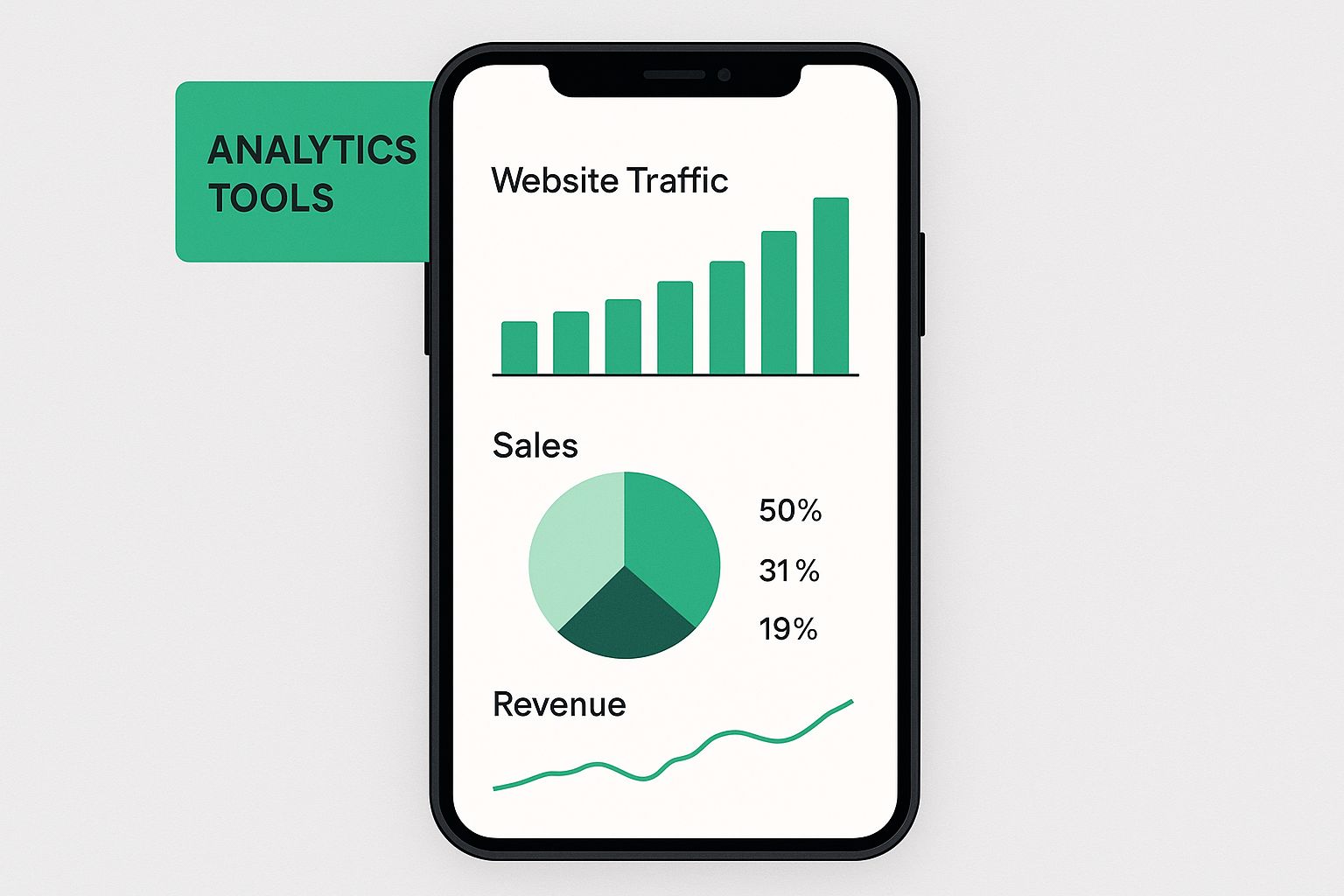
When you can see your key metrics laid out like this, spotting trends and figuring out what's resonating with your audience becomes so much clearer.
Selecting the Right Tool for Your Needs
The market for these tools is crowded, and the "best" one is completely dependent on what you're trying to accomplish. A solo creator has wildly different needs than a big marketing agency juggling dozens of clients. Let's break down a few common scenarios.
Solopreneurs and Small Businesses: Your main focus is probably on clear, affordable reporting. You need a tool that tells you what content is performing best without a complicated interface or a scary price tag. The winners here are platforms that nail post-performance analysis and can send you simple, automated weekly reports.
Marketing Agencies: You're managing multiple client accounts, so efficiency is everything. You should be looking for a central dashboard to see all your clients at once, options for white-label reports, and the ability to schedule posts while analyzing performance. Robust competitor tracking is also non-negotiable for showing clients where they stand.
Large Brands: Your needs are far more granular and strategic. You're likely after advanced competitive analysis, audience sentiment tracking, and the ability to benchmark your performance against the entire industry. These enterprise-level tools provide the most detailed data on campaign-specific ROI and market trends.
When you start your search, consider platforms designed for comprehensive auditing and tracking, like Auditraven, to get a sense of what’s possible beyond Instagram’s native analytics.
Comparison of Instagram Analytics Tools
To help you sort through the options, it's useful to see a side-by-side comparison of what different tools offer. The key is to match the features to your specific goals, whether you're a one-person shop or a global team.
> My Two Cents: Before you ever pull out your credit card, sign up for the free trial. Every single time. Get in there, connect your account, and see if the reports give you the insights you need. If the user experience is clunky or the data isn't actionable, move on.
Here’s a quick comparison of popular tools to help guide your decision.
Sprout Social is best suited for agencies and large brands. It offers all-in-one publishing and analytics, advanced team collaboration tools, and deep competitor and trend reports. Pricing starts at $249 per month.
Iconosquare is ideal for small businesses and agencies. It features easy-to-read dashboards, competitor and hashtag tracking, and automated reporting. Plans start at around $49 per month.
Later caters to solopreneurs and content creators. Its features include visual content planning, basic analytics with post performance, and best time to post suggestions. It offers a free plan, with paid plans starting at approximately $18 per month.
HypeAuditor is designed for brands focused on influencer marketing. It includes audience quality scoring, fake follower detection, and in-depth influencer discovery. Pricing is custom and can reach several hundred dollars depending on the plan.
Ultimately, picking the right third-party tool is a direct investment in your strategy. By aligning a platform's strengths with your own goals, you'll unlock a much deeper understanding of your performance and find a faster path to real, sustainable Instagram growth.
Metrics That Matter More Than Followers
It's easy to get fixated on your follower count, but a big number is just a vanity metric if nobody's paying attention. When you want to track Instagram growth, you have to look past the surface and dig into the numbers that show a real, vibrant community is forming around your brand.
Think about it: would you rather have a million followers who scroll right past your content, or a thousand who hang on your every word, saving, sharing, and commenting on your posts? Those interactions are gold. They signal to the Instagram algorithm that what you're posting is valuable, which in turn helps you reach even more people and grow in a way that lasts.
Decoding Your Engagement Rate
Your Engagement Rate (ER) is arguably one of the most honest indicators of your account's health. But to get the full story, you need to know there are two main ways to calculate it, and each tells you something different.
Engagement Rate by Followers: This is the classic formula. You take a post's total engagements (likes, comments, shares, saves), divide that by your total follower count, and multiply by 100. It’s a great way to see if your content is hitting the mark with the people who already follow you.
Engagement Rate by Reach: This one gives you a much sharper insight. Here, you divide a post's total engagements by its Reach—the number of unique accounts that saw it—and multiply by 100. This calculation reveals how compelling your content is to everyone* who sees it, not just your followers. A high ER by reach is a fantastic sign that your content has the power to pull new people in.
While most Instagram accounts hover around a 1-3% engagement rate, if you can get your ER by reach above 5%, you're doing something very right.
Measuring Account Momentum and Content Value
Beyond likes and comments, a few other key metrics give you a clear view of your account’s momentum and the real value your content delivers. This is where you move from vanity numbers to actionable insights.
The Follower Growth Rate is a critical number to keep an eye on. Instead of just tracking your total follower count, this metric tells you how fast you’re gaining (or losing) followers over time. A steady, healthy growth rate, typically between 2.5% and 5% per month, shows your content strategy is working and resonating with your target audience. Of course, this assumes you know how to grow Instagram followers organically to begin with.
> Pro Tip: Pay close attention to Saves and Shares. A Save is a huge compliment—it means someone found your content so useful they want to come back to it later. A Share is even better. It’s a personal endorsement, telling you your content was good enough for someone to stake their reputation on it by showing it to their network.
Ultimately, you can't rely on a single data point to understand your performance. If you want to build a strategy that works, you need to look at a combination of these key social media metrics to track. By prioritizing these deeper analytics, you stop chasing ego-boosting numbers and start building a strategy based on evidence, fostering real connection and driving sustainable growth.
Turning Analytics Into a Winning Strategy
Data is just a pile of numbers until you do something with it. The real magic happens when you let those numbers guide your next move, creating a smart feedback loop where analytics directly fuel your content strategy. This is how you move from just watching your follower count to making it grow.
To make this happen, you need a rhythm. I've found that a quick weekly check-in works wonders for catching short-term trends and seeing how your latest posts landed. Then, once a month, I'll do a much deeper dive to look at the big picture, spot any nagging issues, and set fresh goals. The whole point is to turn your data into a series of "if this, then that" decisions.
Creating Your Content Feedback Loop
Think of your analytics as a direct line to your audience—they're telling you what they want, just not in words. If your follower growth stalls but your Reels are popping off, that's a massive clue. Your audience is practically screaming that they want more short-form video from you.
On the flip side, if you see a sudden, alarming drop in reach, it's time to put on your detective hat. Did you post at a weird time? Did you try a new content format that flopped? Digging into these questions helps you fix the root cause instead of just staring at a disappointing number.
> Key Insight: Your best-performing content is your roadmap. If your posts with the most Saves are all step-by-step educational carousels, that's your audience telling you they find that incredibly valuable. Your job is to give them more of what they love.
When you start thinking this way, tracking your analytics stops feeling like a chore and becomes your secret weapon for growth.
An Experimentation Mindset Is Crucial
The best Instagram strategies aren't set in stone. They breathe, adapt, and evolve with every new piece of data you get. Your analytics dashboard is the perfect laboratory for testing new ideas and fine-tuning your approach. Don't be shy about running small A/B tests to see what clicks with your followers.
Here are a few simple experiments you can run anytime:
Captions: On one post, ask a direct question. On a similar post, make a bold, declarative statement. Which one gets more comments?
Formats: Take a single topic and create two posts: one as a single, striking image and another as a multi-slide carousel. Which one earns more saves and shares?
Posting Times: Your Insights might tell you 8 PM is your peak time, but try posting at 7 PM or 9 PM. You might capture a smaller but far more engaged segment of your audience.
This data-first mindset is especially important if you're targeting a global audience. The numbers don't lie: follower growth varies wildly by region. For instance, the Asia-Pacific region recently saw a 12.8% year-over-year jump, while Europe saw a much quieter 3.9% increase. Knowing these market trends can make a huge difference.
As you start to execute your plan, using tools for things like driving engagement and brand awareness with AI can help you stay consistent. Ultimately, committing to this cycle of analyzing, testing, and refining is what builds unstoppable momentum. To explore this further, be sure to check out our complete guide on powerful Instagram growth strategies.
Your Top Questions About Instagram Growth, Answered
Once you start digging into your Instagram analytics, you'll inevitably run into some questions. It's normal. Knowing how to interpret what you’re seeing is what separates guessing from growing. Let's walk through some of the most common questions I hear from people trying to master their Instagram strategy.
How Often Should I Really Be Checking My Analytics?
This is all about finding the right balance. If you check your metrics every single day, you'll drive yourself crazy trying to make sense of normal, daily ups and downs. But if you wait too long, you could miss a golden opportunity or a red flag.
For most people, a weekly check-in is the sweet spot. It gives you enough data to see how your latest posts performed without getting lost in the noise. You can spot what's working and make small tweaks for the week ahead.
Then, block out time for a monthly deep dive. This is where you look at the bigger picture. How's your overall follower growth? Have your audience demographics shifted? Are you on track to hit your quarterly goals? This is for strategy, not just tactics.
Is It Possible to Track My Competitors’ Growth?
Absolutely. While you can't log into their private Instagram Insights, you can use third-party tools to get a surprisingly clear picture of what they're up to. These platforms are built to analyze public data for any business account.
This isn't about copying them; it's about context. It’s incredibly powerful because you can:
See their follower growth over time and gauge their momentum.
Check their engagement rates to understand what their audience loves (or doesn't).
Pinpoint their most successful posts to deconstruct their content strategy.
Knowing this helps you benchmark your performance and find gaps in their strategy that you can take advantage of.
Help! Why Did My Follower Count Suddenly Drop?
It’s jarring to see that number go down, but take a deep breath. Nine times out of ten, it’s not you—it’s Instagram. They regularly clean out inactive or bot accounts from the platform. When this happens, the drop is a good thing. It means your remaining followers are real, and your engagement rate will likely improve.
Of course, a drop could also be a reaction to a specific post or just the natural ebb and flow of an audience. The trick is to look at the trend, not the blip.
> A single-day drop is usually just noise. A steady decline over several weeks? That’s your audience telling you it’s time to rethink your content strategy.
For Growth, Should I Focus on Reach or Engagement?
Ah, the classic question. The honest answer is: you need both. They feed each other in a virtuous cycle. Reach gets your profile in front of new eyes, but engagement is what makes them hit that "Follow" button and stay.
If you have to prioritize, start with engagement. Always. Focus on creating content that your current audience can't help but like, comment on, save, and share. When your existing community is fired up, it sends a massive signal to the Instagram algorithm. The algorithm then rewards that amazing engagement by showing your posts to more people, organically boosting your reach. You get the best of both worlds.
Ready to stop guessing and start growing? Gainsty uses a powerful combination of expert strategy and advanced AI to attract real, organic followers who genuinely care about your content. See how we can scale up your Instagram followers today.
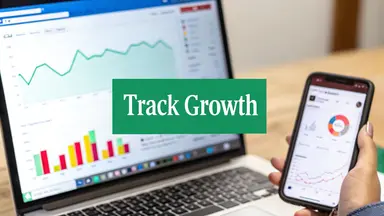
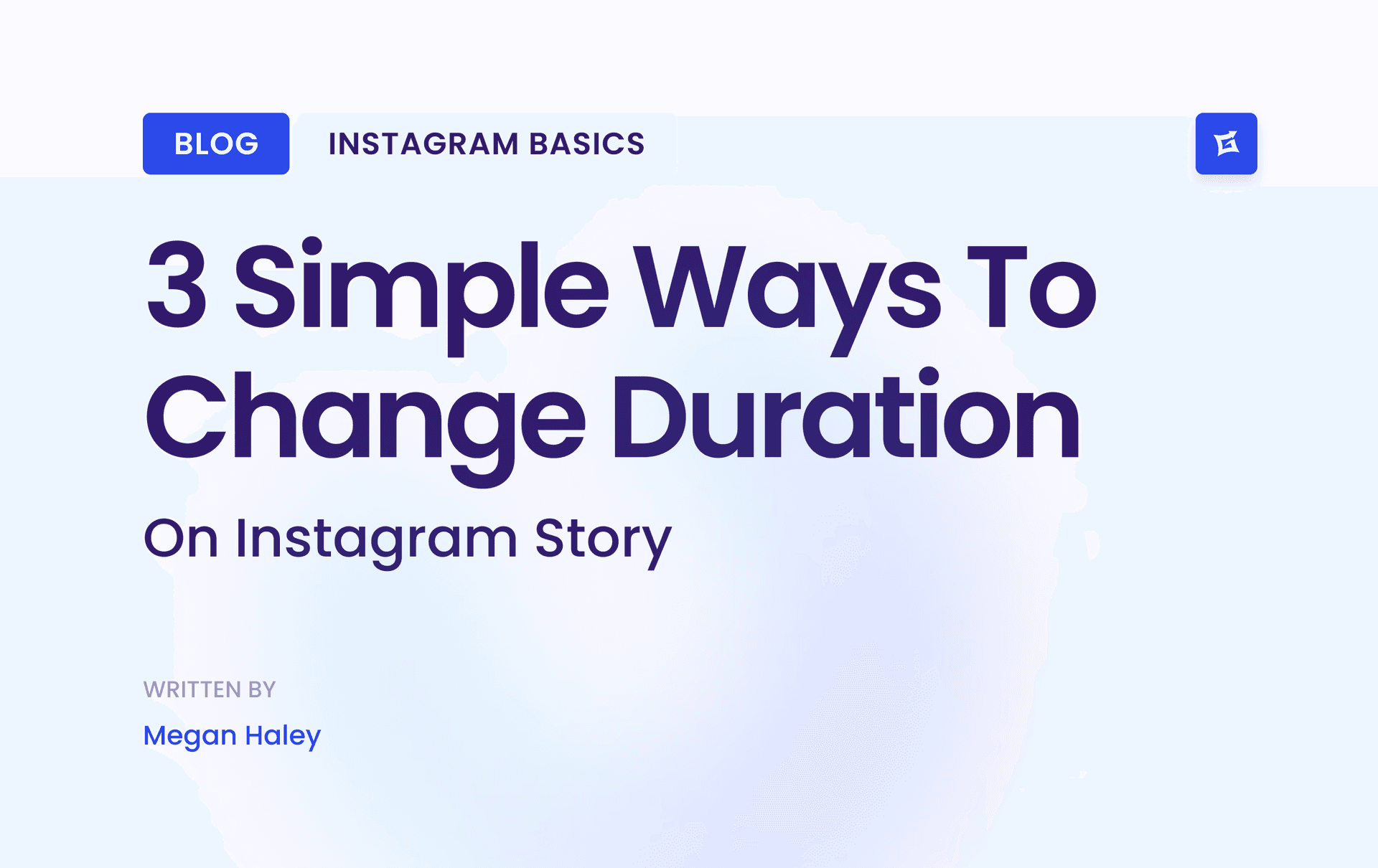
.png&w=1920&q=75&dpl=dpl_9XSWKBjhcBN6v6b1SN7m3p1WWjfr)
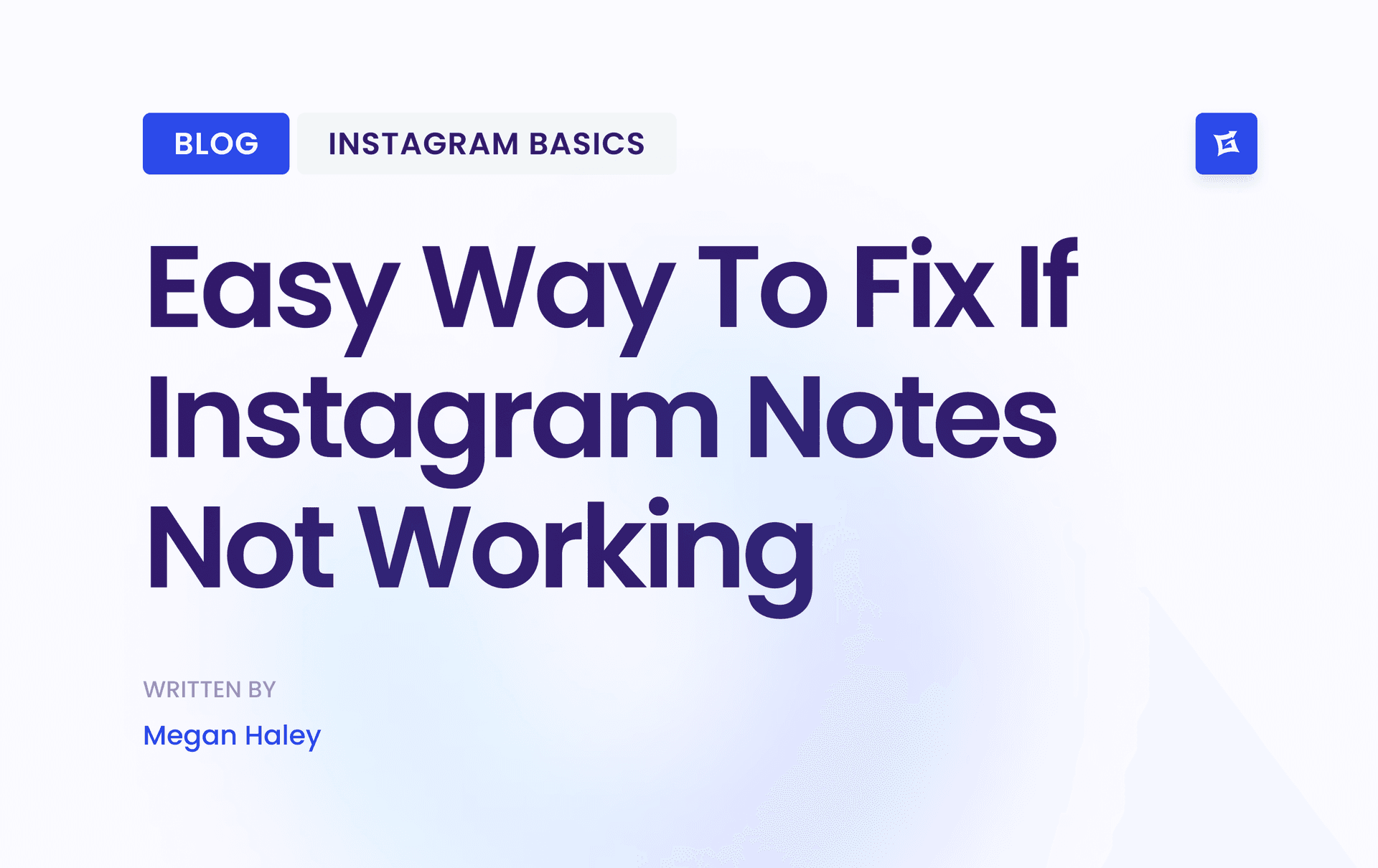
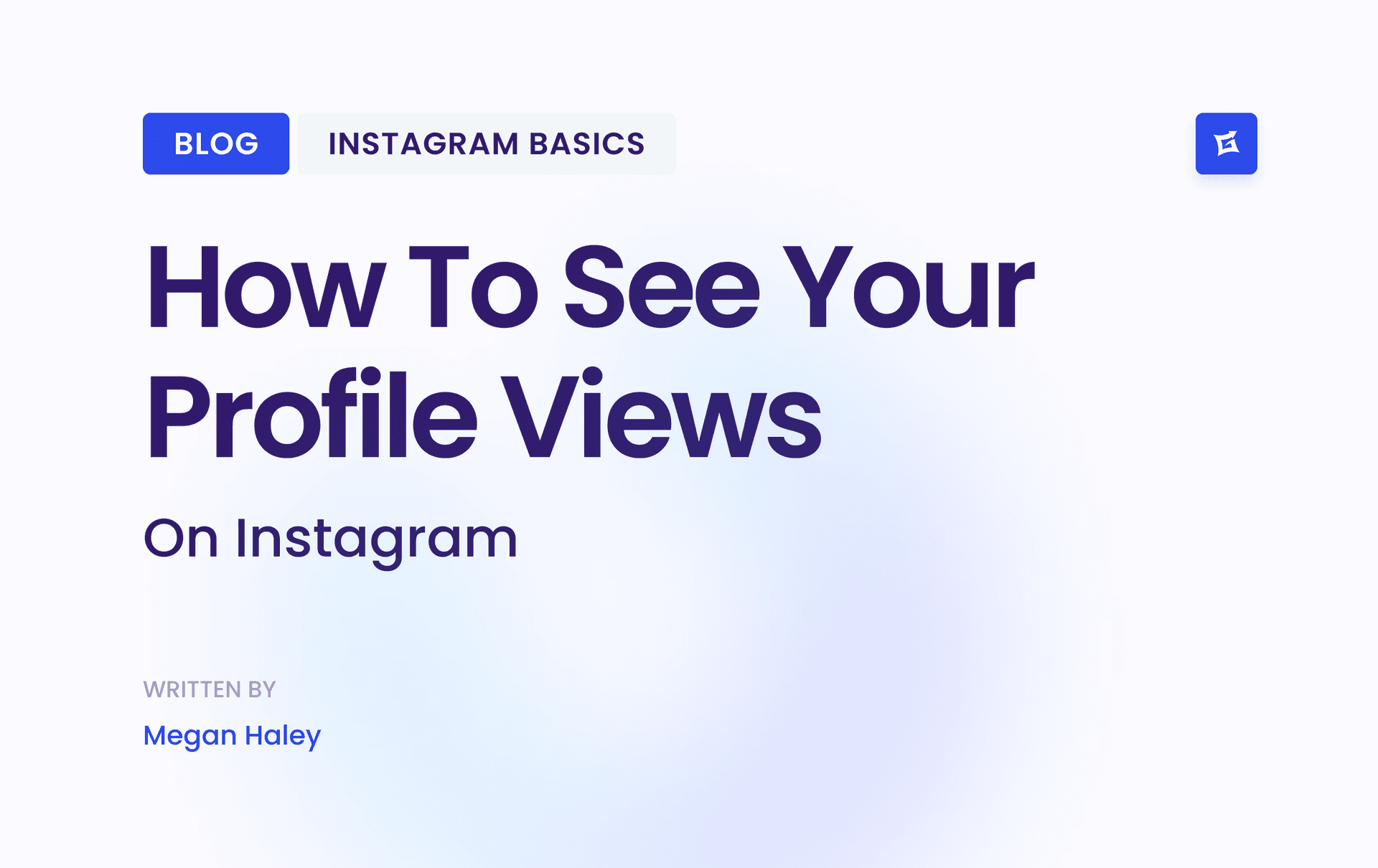
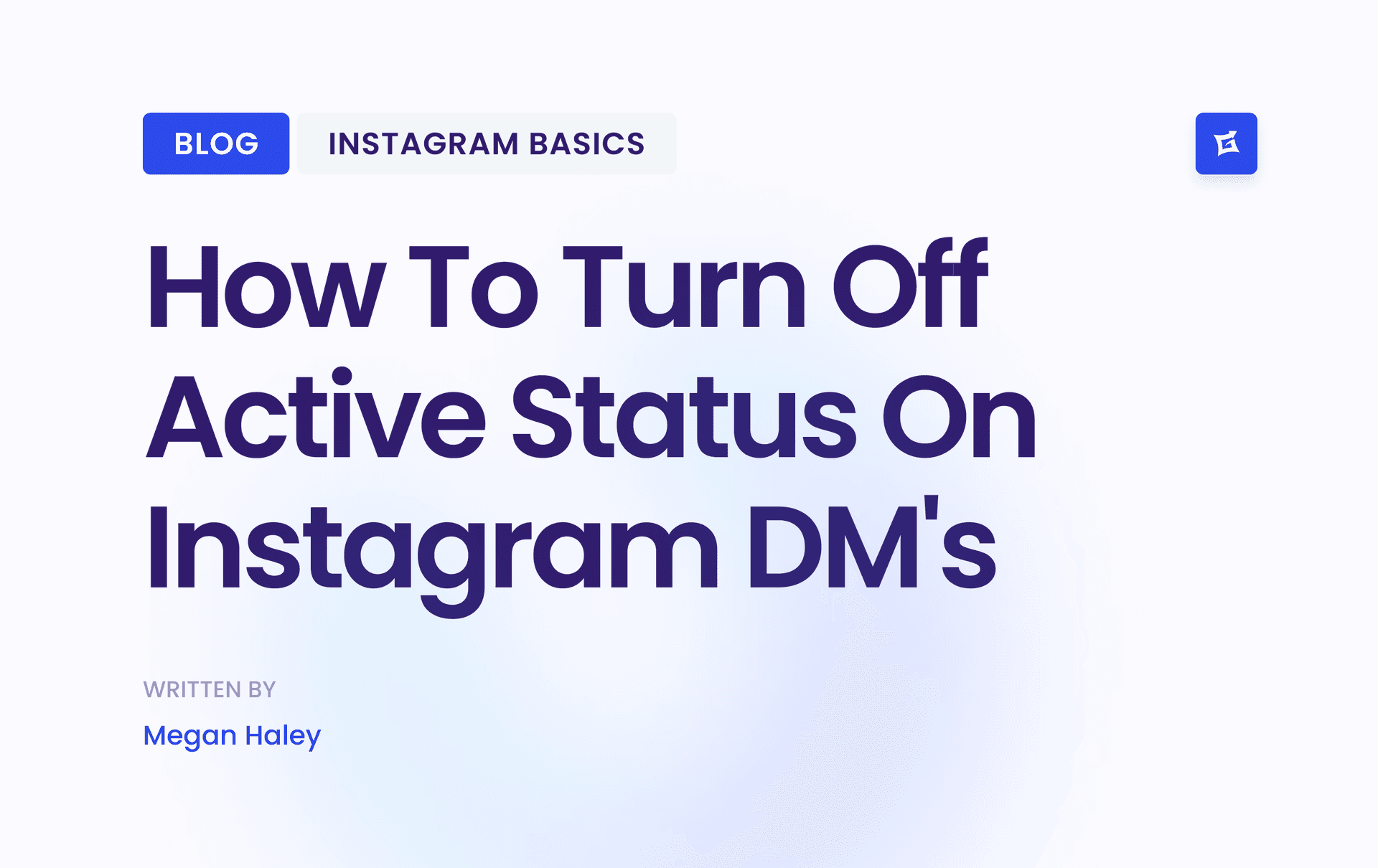
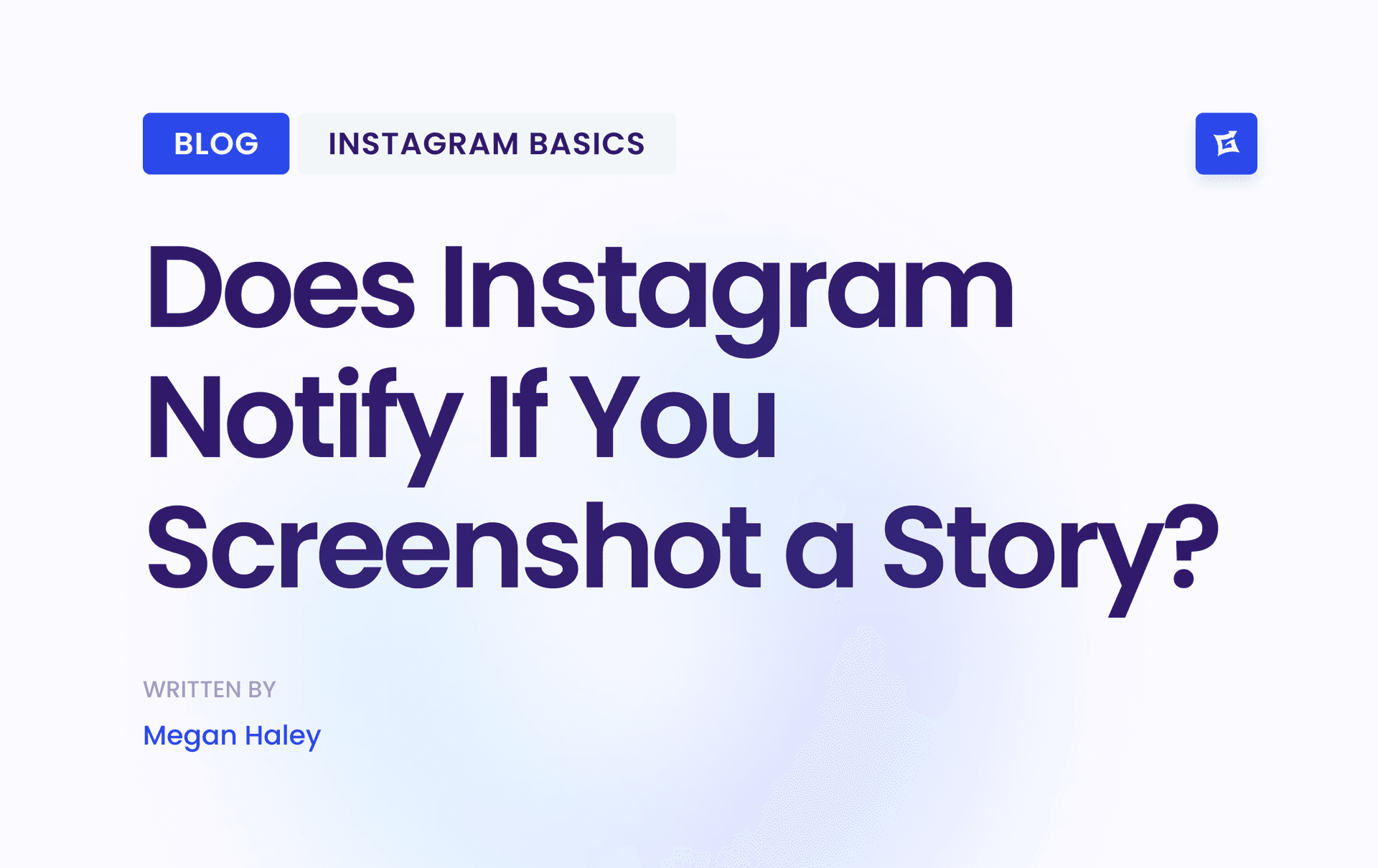



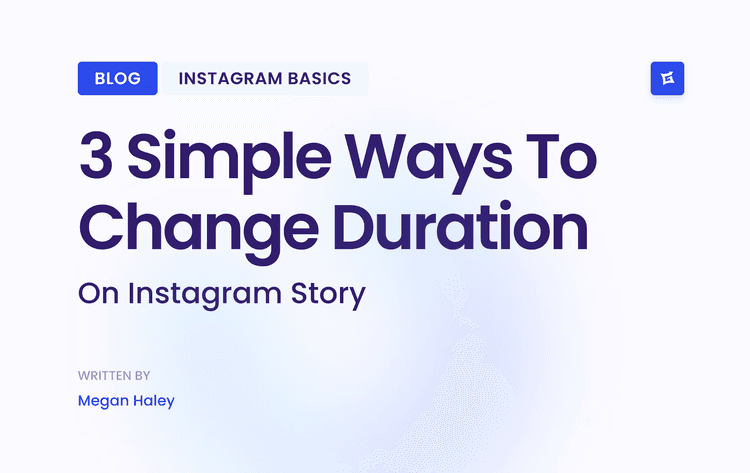
.png&w=750&q=75&dpl=dpl_9XSWKBjhcBN6v6b1SN7m3p1WWjfr)
